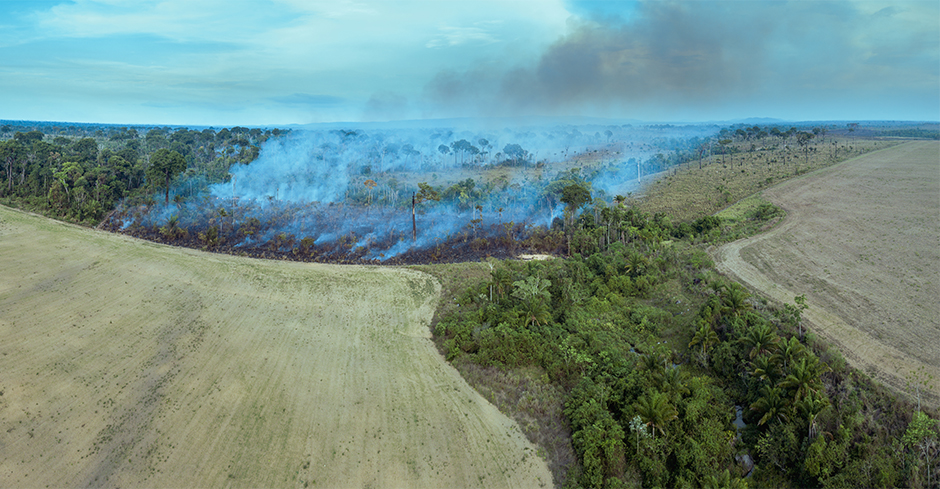The deforestation of the Brazilian Amazon rainforest is steadily progressing. In the last four decades, the Brazilian Amazon has lost close to 20 percent of forest due to fires and logging—preservation of this vulnerable ecosystem is coming to a tipping point.
Although there are numerous initiatives from governments, NGOs, and private corporations promising to conserve the Amazon, these efforts are fragmented and not enough to avoid the collapse of the world’s most biodiverse region. The survival and resilience of the Brazilian Amazon rainforest is closely connected to how the planet will experience climate change on a global scale.
Yet, there is still time to save and conserve this precious ecosystem—if the Brazilian government and the global community are willing to pay.
According to a recent study led by José Maria Cardoso da Silva, a professor and biogeographer at the University of Miami College of Arts & Sciences, the Brazilian government, as well as conservation entities and governments around the world, must allocate at least $1.7 to $2.8 billion a year to keep the rainforest thriving.
“There is still time to save the rainforest, and it’s not expensive—especially if you compare it to other unsustainable government and corporate expenditures,” said da Silva, who is also chair of the Geography and Sustainable Development Department. “Brazil and the global society have enough resources, but they must be allocated as quickly as possible. Deforestation and organized crime are rapidly increasing across the region, mostly due to lack of conservation and enforcement funds.”
The study also suggests that Brazil must expand its current preservation areas to approximately 865 million acres—about 80 percent of the rainforest. Currently, 51 percent of the Brazilian Amazon rainforest is considered protected land.
da Silva and the study’s co-authors say that Brazil can increase the area of conserved land by allocating government-owned public lands and categorize them as protected areas and indigenous territories.
“If the government and private sectors ensure a permanent flow of resources to guarantee the sustainable use of protected areas and indigenous territories, it can be a transformative process,” said da Silva. “Many communities are implementing successful projects that preserve the land and increase their social indicators, but they lack the resources to scale up such initiatives.”
To find the total cost to maintain the rainforest, researchers mapped present conservation areas, Indigenous lands, government-owned properties, and priority areas for conservation. The team then calculated the costs of staff and the infrastructure required to manage the protected areas and indigenous lands.
The next step is for researchers to analyze how their estimated funds can be distributed and used within the Brazilian Amazon’s municipalities (or counties) and how these resources can foster vibrant local economies. According to da Silva, most of the conservation money that is invested in the Amazon is spent in the country’s largest cities.
“Investments in protected areas and indigenous lands can generate jobs and other economic activities in the municipalities that have such conservation areas within their boundaries. The goal should be to combine conservation for the Amazon and socio-economic development of the municipalities that protect the rainforest and the other ecosystems of the region,” said da Silva.
The study, “Minimum costs to conserve 80% of the Brazilian Amazon,” is now available on ScienceDirect.

